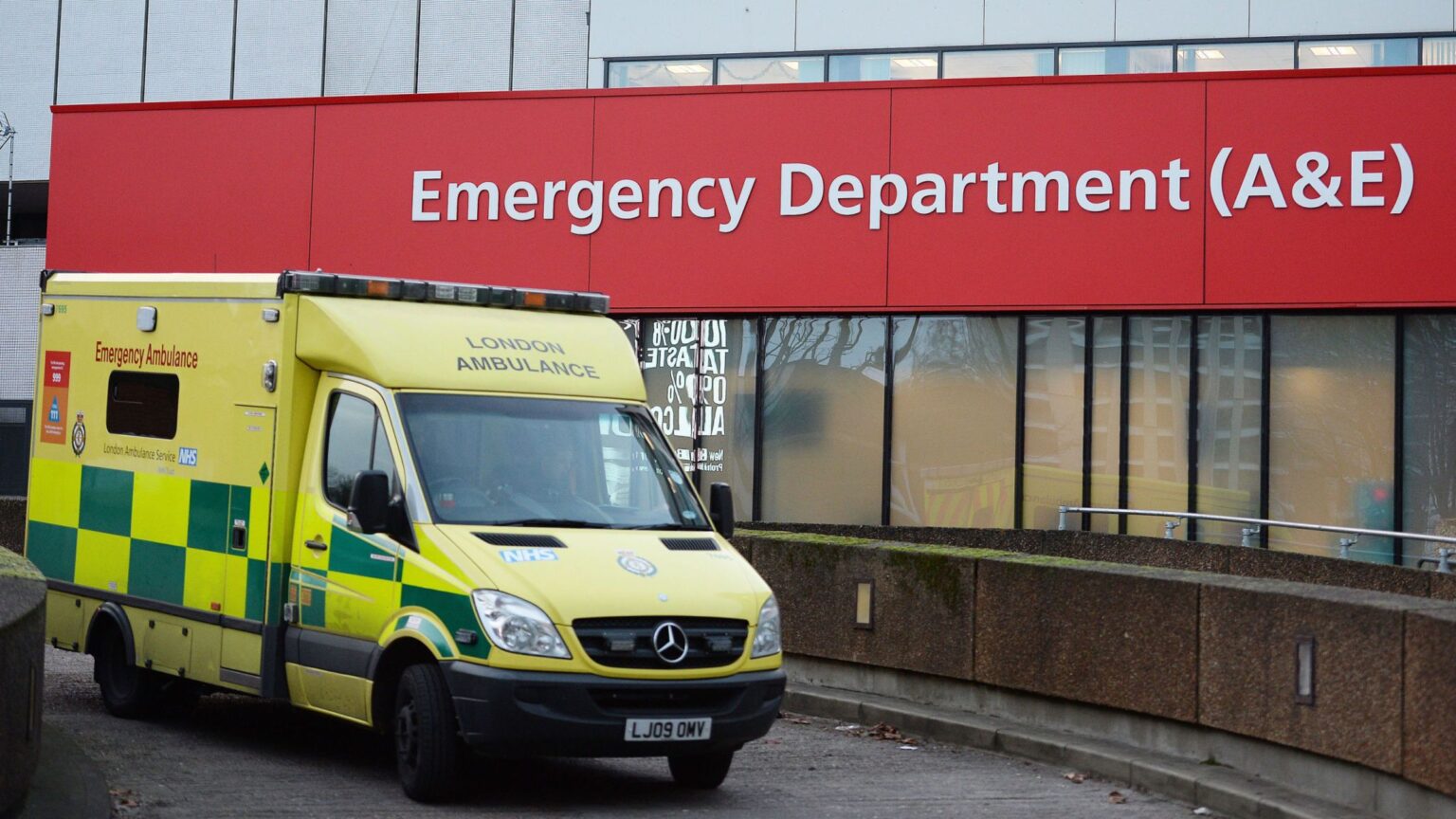January was the second-worst month on record for NHS A&E departments, with 85.3% of patients seen and treated or discharged within the four-hour target.
The figure is well short of the target of dealing with 95% of patients within that timeframe, but a slight improvement on the December figure of 85.1%, which was the joint-worst on record.
While there was a slight improvement across all emergency departments, performance at Type 1 A&Es, defined as consultant-led 24 hours facilities, was the worst-ever at 77.1%.
Type 1 departments see close to 70% of patients and include most large hospital emergency departments where the most seriously ill patients are taken.
NHS England welcomed the figures as evidence that the system has coped despite the worst flu season in seven years, and said 1.7 million patients were treated within four hours, up more than 5% on this time last year.
A spokesperson for NHS England said: “Despite the worst flu season in seven years, A&E performance improved this month. It was better than both the month before, and was better too than the same time last winter.
“This was partly helped by the fact that NHS-related Delayed Transfers of Care fell to their lowest in four years, freeing up beds for patients needing emergency hospitalisation.”
Doctors remain deeply concerned at the pressure on the system, saying that hospitals remain understaffed and short of bed capacity.
Independent health charity the Nuffield Trust said the figures showed there were more trolley waits than ever before.
Its chief economist John Appleby said: “Today’s figures provide hard evidence on just how bad a winter the NHS is having: over 80,000 patients waited on trolleys for more than four hours at A&E in January, of whom over 1,000 were waiting for over 12 hours. These are the highest numbers since records began.
“A year ago we warned that corridors had become the new emergency wards.
“It is deeply concerning that 12 months on the position has worsened, with many harrowing reports of patients being treated in busy corridors by stressed and overworked staff.
“Meanwhile waits for planned care are at their longest for nine years. Every part of the NHS is creaking at the seams.
“It is time to face facts and offer sustainable funding increases to the health service.”
Nick Scriven, President of the Society of Acute Medicine, said: “The last six weeks has seen the acute services of the NHS under a sustained period of stress due to ‘normal’ winter pressures along with a surge in influenza.
“Neither of these were unpredictable but both have combined to cause the issues that have been widely reported across the country.”
“Last year we coined the phrase ‘eternal winter’, but the last month and a half has shown an even steeper decline in performance.”
The Royal College of Surgeons said Government interventions to try and ease pressure, which included an injection of £335m in the Autumn Budget, had failed.
“Today’s figures show that short-term measures to create extra capacity in the NHS are insufficient to meet NHS performance targets.
“We currently do not have adequate funding or capacity in our health and social care services and we need to urgently find a long-term solution.”
Weekly situation reports also published today show that the system remains under pressure, with almost 11,400 people facing ambulance handover delays of more than 30 minutes last week, and 95% of beds occupied.


